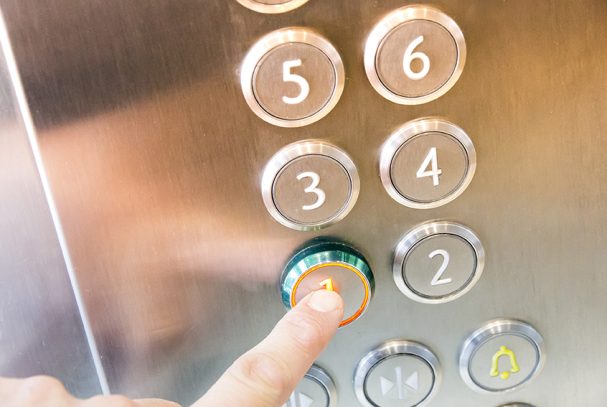The common vision of the Finnish construction industry on the EU’s requirements for near-zero energy buildings and suggestions on the energy efficiency requirements of different building types were announced in the FInZEB project’s results seminar on 5 February as a base for drafting legislation. Granlund was the primary consultancy for the project.
The purpose of the FInZEB project, started in 2013 by the Ministry for Environment and the Building Maintenance section of the Confederation of Finnish Construction Industries RT, is to investigate solutions for near-zero energy buildings that are feasible when it comes to both energy conservation and lifetime cost.
New buildings that are in government use or ownership are required to be near-zero energy buildings from 2018, and after 2020 this will apply to all new buildings. Behind this is the European Parliament and European Council’s directive on the Energy Performance of Buildings Directive (EPBD), which requires member nations to specify near-zero energy buildings. The energy efficiency of near-zero energy buildings is very high, and the little energy they need can be produced mainly from renewable resources.
Energy efficiency requires investment throughout the construction process
Comprehensive calculations were made for the FInZEB project for different types of buildings, along with collating experiences of ten recently completed, near-zero energy buildings. The core conclusion was that building an energy-efficient location requires investment throughout the construction process.
New heating systems are being developed for near-zero energy buildings and different hybrid systems will diversify and become more common. Matching systems that combine different forms of energy and optimizing the whole will be challenging.
Significant energy savings in building maintenance
The team considers the viability of energy-saving actions in nZEB buildings to be very different. The most significant changes in energy consumption can be gained through building maintenance. Air conditioning and lighting were seen as the most viable, along with appropriate control. Improvements to the air-tightness of windows and buildings were also seen as beneficial throughout the life cycle.
Less viable options were structural improvements on the passive energy level and local production of renewable energy. Actions and their viability differ, however, between different building types.
Make it possible to sell surplus renewable energy back to the grid
The FInZEB project suggests that it should be possible to resell renewable energy as near-zero energy construction becomes more common. This would require that the energy production equipment is attached directly to the building with a metering system installed. It is suggested that limits are imposed on the selling of surplus energy so it does not compensate for a building’s poor energy efficiency.
Preliminary nZEB-E figures for different building types
It was suggested that different building types should have their own nZEB-E figures that are achievable with realistic technical solutions and sensible lifecycle costs. Current apartment blocks are not far from the suggested nZEB limit, but other types would be farther from their limits. It was noted that for hospital buildings, real usage and demand should be monitored instead of focusing on the E-rating.
Near-zero energy observation in phases
The FInZEB group suggests that near-zero energy monitoring is implemented in phases. Implementations during the construction permit phase would include:
• building heat loss observation, i.e. compensation calculations
• peak energy calculations
• observation of total energy consumption and verification of clearing the nZEB-E limit
• Also overheating observations for apartment blocks, air conditioning system energy efficiency observations, preliminary energy certificates and RE rating calculation (representing the portion of renewable and produced renewable energy of delivered energy).
The commission phase would include:
• building density calculations
• calculated goal for energy consumption that takes the site’s specific properties into account
• energy certificate updated with information from the construction phase
• guidelines for energy efficiency in use and maintenance.
Work is moving towards legislation
Legislation for near-zero energy building is to begin this year and a government proposal for near-zero energy building is meant to be delivered to parliament in the autumn of 2016. The laws would be passed in early 2017 and ready for application in early 2018 (new construction permits).
The proposal materials and main suggestions of the final FInZEB seminar can be found on the FInZEB project’s web site The final FInZEB report will be released on the site in March.
Do you have questions about the upcoming challenges of near-zero energy building?
Contact Granlund’s near-zero energy building experts and ask for advice. Our near-zero energy building services include:
• near-zero energy training
• near-zero energy consulting for construction projects (energy acquisition, energy-saving solutions)
• near-zero energy solution optimization, e.g. as part of construction project concept development.
Further information:
Erja Reinikainen
Senior Consultant, energy
Granlund Oy
tel. +358 10 759 2311
firstname.lastname@granlund.fi
Ville Reinikainen
Department Director, Energy and Environment
Granlund Oy
tel. +35850 541 5375
firstname.lastname@granlund.fi



